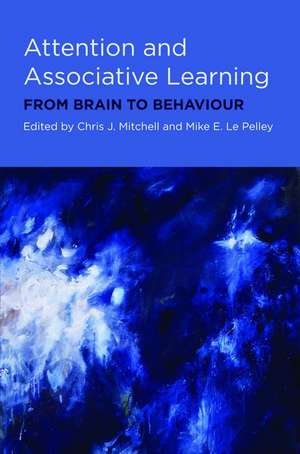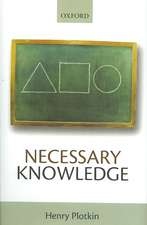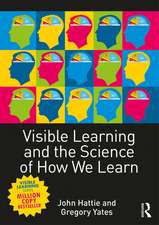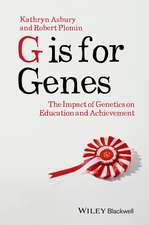Attention and Associative Learning: From Brain to Behaviour
Editat de Chris Mitchell, Mike Le Pelleyen Limba Engleză Hardback – 12 aug 2010
Preț: 602.62 lei
Preț vechi: 908.12 lei
-34% Nou
Puncte Express: 904
Preț estimativ în valută:
115.34€ • 119.96$ • 96.66£
115.34€ • 119.96$ • 96.66£
Carte tipărită la comandă
Livrare economică 03-10 martie
Preluare comenzi: 021 569.72.76
Specificații
ISBN-13: 9780199550531
ISBN-10: 0199550530
Pagini: 424
Dimensiuni: 162 x 236 x 28 mm
Greutate: 0.75 kg
Editura: OUP OXFORD
Colecția OUP Oxford
Locul publicării:Oxford, United Kingdom
ISBN-10: 0199550530
Pagini: 424
Dimensiuni: 162 x 236 x 28 mm
Greutate: 0.75 kg
Editura: OUP OXFORD
Colecția OUP Oxford
Locul publicării:Oxford, United Kingdom
Notă biografică
Dr Mitchell studied for his BSc and PhD in psychology, and also conducted 3 years of post-doctoral research, at University College London (1987-1997). His PhD examined conditioning effects in cancer chemotherapy using a rat model, and was supervised by Prof Cecelia Heyes. His post-doc, also with Prof Heyes, concerned an investigation of imitation in rats. Dr Mitchell then moved north to the Wirral, where he worked for Unilever Research, Port Sunlight, as a consumer scientist. Since July 2000, he has worked in the School of Psychology, University of New South Wales, Australia. His first position was as a post doctoral research fellow with Prof Peter Lovibond. Dr Mitchell became a member of faculty in 2002. Throughout this period, the focus of his research has been on human associative and perceptual learning.Dr LePelly studied for his undergraduate degree in Natural Sciences at Emmanuel College, Cambridge, and carried on to complete his Ph.D. in Experimental Psychology (investigating human associative learning) at the University of Cambridge under the supervision of I. P. L. McLaren, graduating in 2002. He then held the Sir Alan Wilson Research Fellowship at Emmanuel College, Cambridge, for just over two years before taking up a lectureship in the School of Psychology at Cardiff University in 2004, and he has been there ever since. Throughout this time his main research interests have been in the fields of human and animal associative learning.










